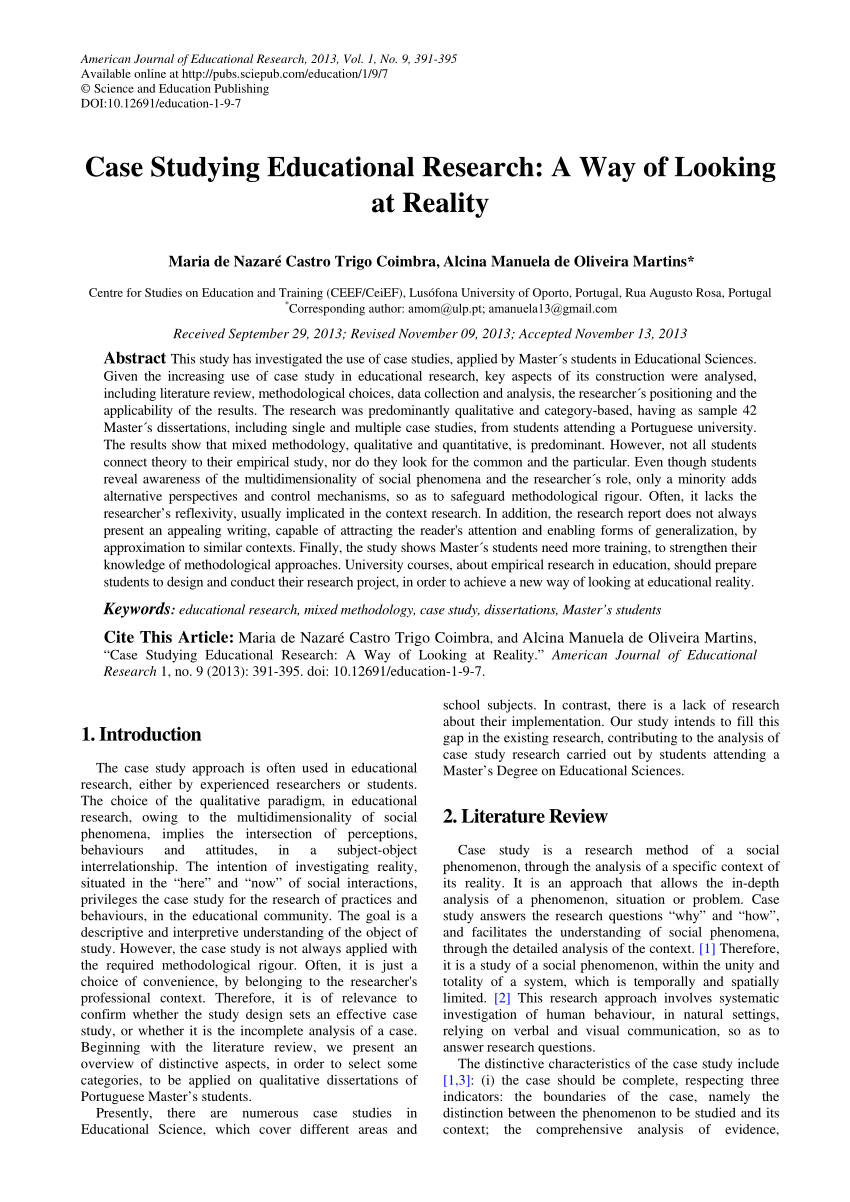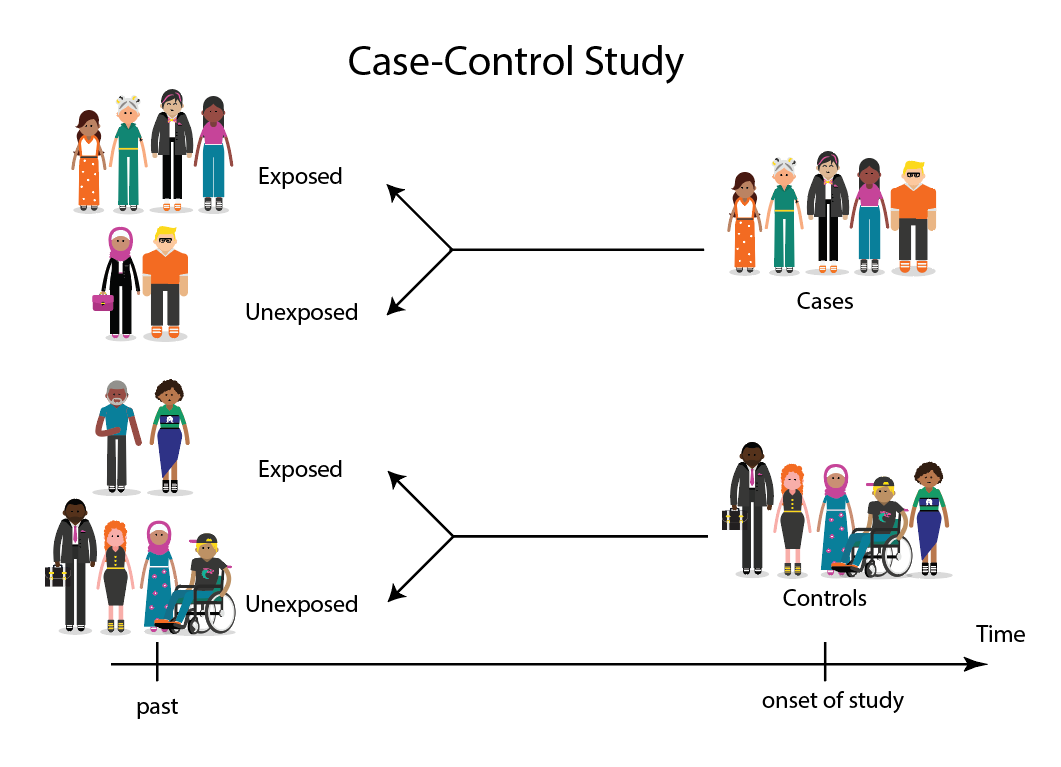Unlike the traditional business model, mobile commerce is a disruptive force, demanding a different approach. Traditionally, online stores relied on marketing and advertising strategies to attract customers and influence them to buy. However, in mobile commerce, customers define the experience, and not the other way around. Instead of marketing and advertising to reach a target audience, these companies now rely on their customers to make decisions about their needs and wants.
MVMT’s success on Facebook, Instagram, and Pinterest earned the company official case studies on all three platforms
MVMT has used social media to promote their products. The company has utilized YouTube influencers to help promote their products, which generates a commission whenever a viewer buys something. The company has garnered over 7 million views per month on YouTube and has 27 Pinterest boards. This has led to a 20% increase in sales. To see how MVMT is promoting its products on social media, read the case studies below.
MVMT has successfully leveraged the power of influencers to reach over three million people on social media. Small-time influencers have a much higher trust factor than celebrities, which makes their posts more likely to prompt followers to buy their products. This approach has paid off with a number of viral posts on Instagram, Facebook, and Twitter.
MVMT’s mobile commerce experience
MVMT’s mobile commerce experience has been streamlined for users to make shopping easier. The MVMT mobile commerce experience highlights a variety of payment methods, which it detects by the browser used. For example, if a consumer uses an iPhone, the Apple Pay button is displayed first, while on an Android device, the Google Pay button appears. MVMT is targeting a five to twenty-five percent increase in conversions as a result of the change.
The fastest-growing watch brand in the world is MVMT. MVMT, which is pronounced “movement,” was founded by college dropouts who were fed up with expensive, designer watches. MVMT’s success is a testament to the power of mobile marketing and digital marketing. They’ve garnered a following on Facebook, Instagram, and Pinterest with their MVMT Watches.
Levi’s and Flipboard partnership generated awareness among younger, mobile audience
The Levi’s and Flipboard partnership generated awareness in a mobile, millennial-focused audience. The brand created an innovative content strategy that used imagery and videos to generate a strong Connection among the audience. Throughout the campaign, Levi’s integrated images and videos into the editorial sections of nine major publications. As a result, the campaign generated 1.8 million page turns and a total of 160,000 clicks.
As part of the initiative, the brand’s creative team handed over ad creation to younger demos. These individuals then developed their own versions of the “We Are Original” campaign, making each ad a unique expression of the individual creator. The campaign was a success, generating 2.9 million consumer engagements and 50 percent higher clickthrough rates than other campaigns in the category.
Levi’s and Flipboard partnership generated
This campaign was a first-of-its-kind mobile execution, creating awareness for the brand among a younger demographic. It also served as part of a larger campaign that helped the brand achieve five percent revenue growth and a 264 percent increase in profits. The campaign’s integrated ads were featured on the homepage of the magazine’s Flipboard feed and also included a blog. The campaign also generated millions of free impressions and thousands of retweets, giving the brand a highly effective mobile commerce case study.
The campaign’s success was also measured in terms of the number of consumer engagements. In China, Levi’s reached 2.9 million consumers through an online community. It also leveraged an audience of over 200 million through a content guide that allowed users to browse different clothing categories. As a result, the company generated case studies in mobile commerce and the advertising industry. And it’s not just the advertising companies that are experimenting with new digital channels. Several other brands are following suit.






